Sydney, Australia, has a rich history of urban development that spans centuries. The city’s growth and transformation reflect a combination of indigenous heritage, European colonization, economic shifts, and contemporary urban planning. Here’s an overview of the key phases in Sydney’s urban development:
Indigenous Heritage:
Before European colonization, the area now known as Sydney was home to the Eora people, who had a deep connection to the land and waterways. They lived in the region for thousands of years, relying on hunting, fishing, and gathering for sustenance. Evidence of their culture, such as rock engravings and shell middens, can still be found in various parts of Sydney.
European Colonization (1788):
Sydney’s modern history began with the arrival of the First Fleet in 1788, led by Captain Arthur Phillip, marking the establishment of the first European settlement in Australia. The settlement was initially centered around Sydney Cove, which is now Circular Quay. The early years were marked by the construction of basic infrastructure, including the iconic Sydney Harbour Bridge, which opened in 1932.
Convict Period and Expansion:
In the early 19th century, Sydney served as a penal colony for convicts transported from Britain. The city gradually expanded, and suburbs developed as free settlers arrived. Wool and gold rushes in the mid-19th century brought economic prosperity, leading to the construction of significant buildings and the extension of transportation networks.
Industrialization and Infrastructure (late 19th to early 20th century):
The late 19th and early 20th centuries saw Sydney undergoing industrialization and urbanization. The expansion of the railway network facilitated the growth of suburbs, and industrial areas emerged along the waterfront. Iconic buildings, such as the Sydney Town Hall and Queen Victoria Building, were constructed during this period.
Post-War Boom and Modernization (mid-20th century):
After World War II, Sydney experienced a population boom and increased immigration. This led to significant suburban development and the construction of modern infrastructure, including the Sydney Opera House, which was completed in 1973. The city’s skyline evolved with the development of high-rise buildings.
Global City and Contemporary Development (late 20th century to present):
Sydney has transformed into a global city with a diverse economy, thriving cultural scene, and a focus on sustainable urban development. The Central Business District (CBD) has seen the construction of modern skyscrapers, and waterfront areas like Darling Harbour have been redeveloped for recreational and cultural purposes.
Sustainable Urban Planning:
In recent decades, Sydney has embraced sustainable urban planning initiatives to address issues such as congestion and environmental impact. The city has invested in public transportation, green spaces, and waterfront redevelopment projects to enhance the quality of life for residents and visitors.
Sydney’s history of urban development is a dynamic narrative that reflects its growth from a colonial outpost to a vibrant, cosmopolitan metropolis. The interplay of indigenous heritage, European colonization, economic changes, and contemporary urban planning has shaped the city into the diverse and globally significant hub it is today.

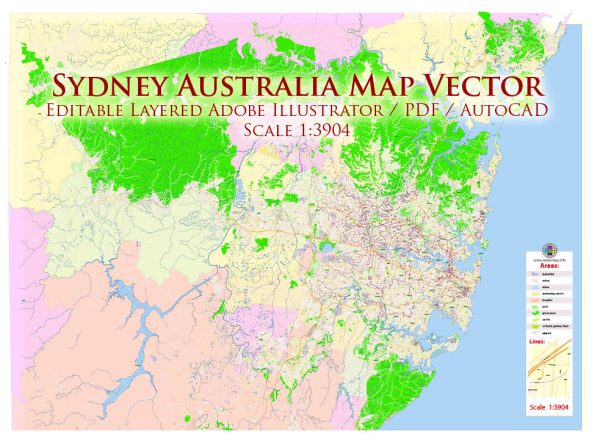
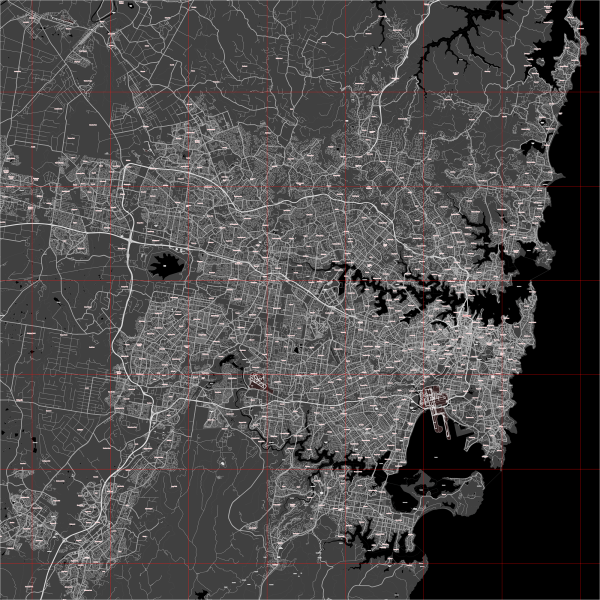
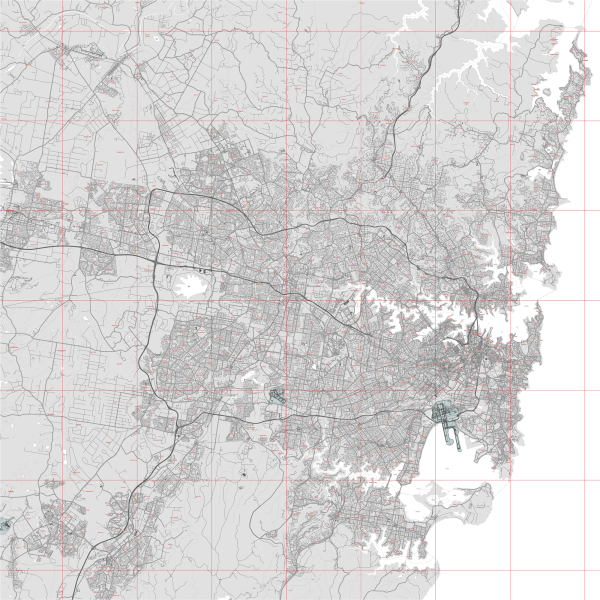
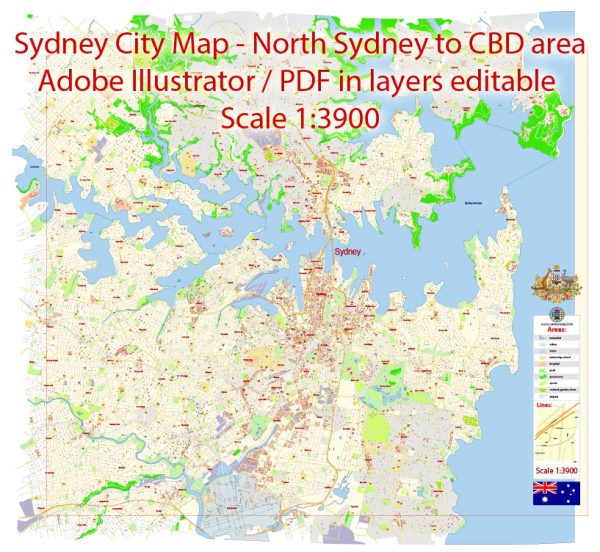
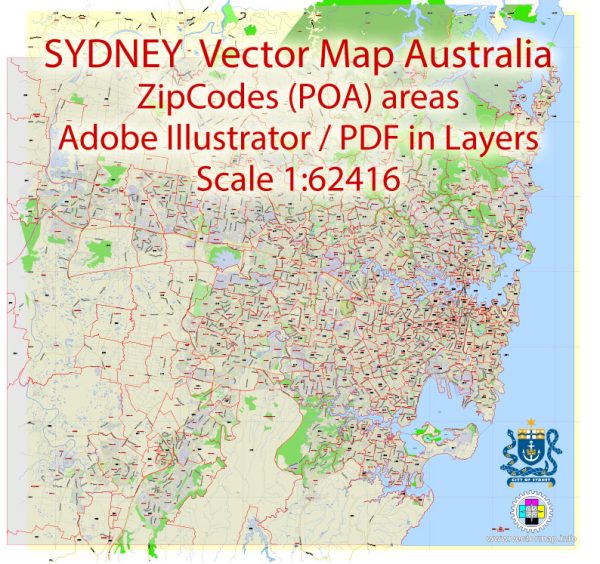
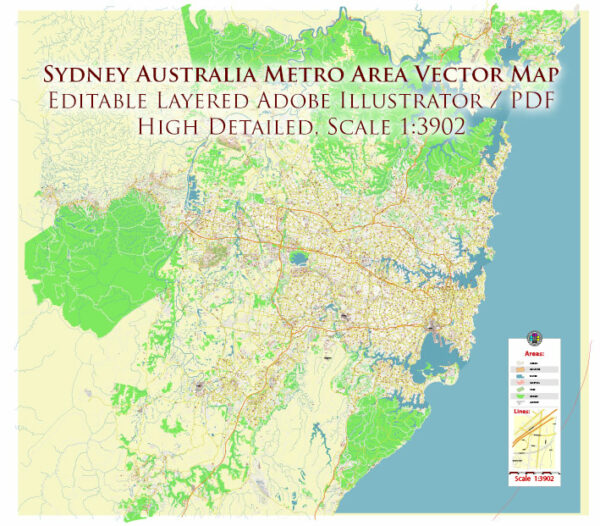
 Author: Kirill Shrayber, Ph.D.
Author: Kirill Shrayber, Ph.D.